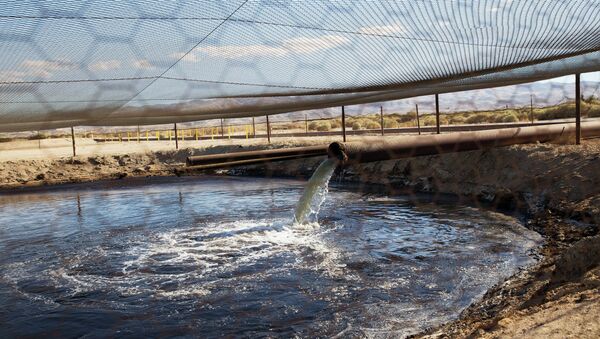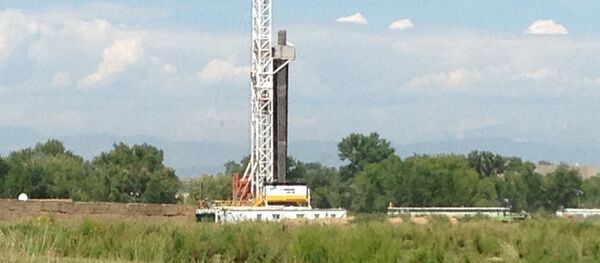The study, which was conducted by The California Council on Science and Technology, also determined that the risks involved with approximately two-thirds of the chemicals used by the oil companies remain unknown.
Further, the toxicity of half of the chemicals is still “uninvestigated, unmeasured and unknown. Basic information about how these chemicals would move through the environment does not exist.”
The report stated that recycled oil field wastewater that is used for crop irrigation may also contain chemicals used during fracking. The water is reportedly treated before use, however they found the testing to be inadequate. They did report that they found no “strong evidence” of fracking fluids in irrigation water, however.
“Government agencies, the public in general and residents living near well sites need to know in detail about the presence of dangerous chemicals mixed in water used in fracking and then pumped to the surface as byproducts,” Sen. Fran Pavley said in a statement on Monday about her plan to propose amendments to legislation based on the report’s findings.
Approximately 1.7 million people in Los Angeles live or work within a mile of an active well. The pollutants on those sites “can present risks to human health,” the researchers found. The report recommends an extensive epidemiological study on those who are living and working near the fields and recommends regulations be put in place on how close the operations are from residences, schools, and hospitals, the LA Times reported. Currently, there is no regulation on how far away these wells must be from communities.




